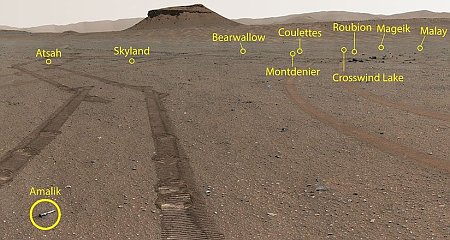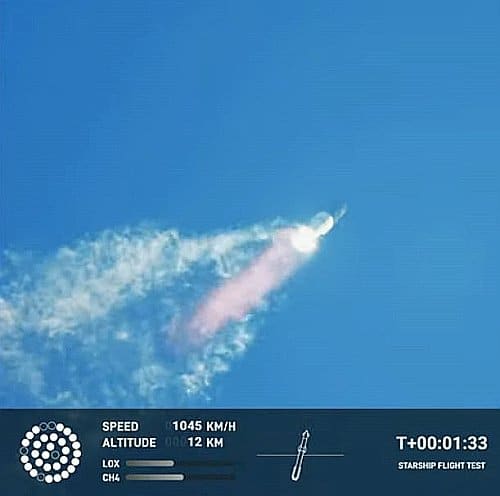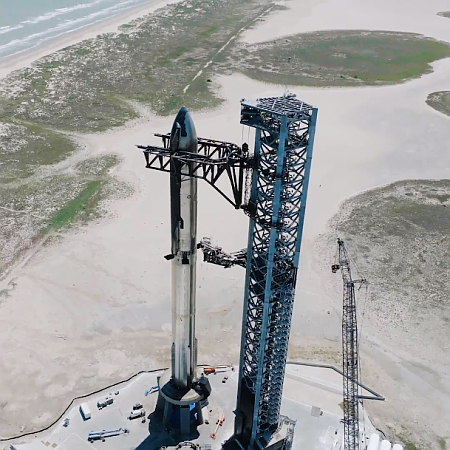
Perseverance’s first set of core samples,
placed on the floor of Jezero Crater
An independent review of NASA’s Mars sample return mission (MSR) to pick up the core samples being collected by the rover Perseverance has concluded that the project has serious fundamental problems that will likely cause it to be years late and billions over-budget, assuming it ever flies at all.
You can read the report here [pdf]. After thirteen pages touting the wonders and importance of the mission to get those samples back to Earth, the report finally gets to its main point:
However, MSR was established with unrealistic budget and schedule expectations from the beginning. MSR was also organized under an unwieldy structure. As a result, there is currently no credible, congruent technical, nor properly margined schedule, cost, and technical baseline that can be accomplished with the likely available funding.
Technical issues, risks, and performance-to-date indicate a near zero probability of [the European Mars orbiter intended to bring the sample back to Earth] or [the Earth sample facility] or [the Mars ascent vehicle] meeting the 2027/2028 Launch Readiness Dates (LRDs). Potential LRDs exist in 2030, given adequate funding and timely resolution of issues.
• The projected overall budget for MSR in the FY24 President’s Budget Request is not adequate to accomplish the current program of record.
• A 2030 LRD for both [the sample return lander] and [the Mars orbiter] is estimated to require ~$8.0-9.6B, with funding in excess of $1B per year to be required for three or more years starting in 2025.
Based on this report, a mission launch in 2030 is only “potentially” possible, but only wild-eyed dreamers would believe that. It also indicates that the budget for each component listed above requires several billion dollars, suggesting the total amount needed to achieve this mission could easily exceed in the $30 to $40 billion, far more than the initial proposed total budget for the U.S. of $3 billion.
None of this is really a surprise. Since 2022 I have been reporting the confused, haphazard, and ever changing design of the mission as well as its ballooning budgets. This report underlines the problems, and also suggests, if one reads between the lines, that the mission won’t happen, at least as presently designed.
The report does suggest NASA consider “alternate architectures in combination with later [launch readiness dates].” Can you guess what might be an alternate architecture? I can, and its called Starship. Unlike the proposed helicopters and ascent rocket and Mars Orbiter, all of which are only in their initial design phases, Starship is already doing flight tests (or would be if the government would get out of the way). It is designed with Mars in mind, and can be adapted relatively quickly for getting those Perservance core samples back.
Otherwise, expect nothing to happen for years, even decades. In February 2022 I predicted this mission would be delayed from five to ten years from its then proposed ’26 launch date. A more realistic prediction, based on this new report, is ten to twenty years, unless NASA takes drastic action, and the Biden administration stops blocking Starship testing.





